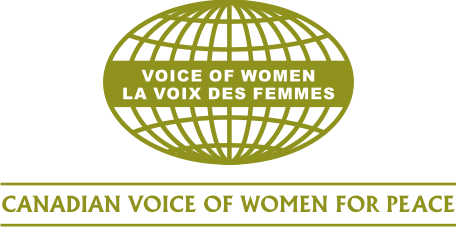By Ally Freedman, Canadian Council of Young Feminists (@ccyf_ccjf)
Canada is often seen, both internationally and domestically, as a peaceful nation. We are the leaders of peace, the ones who come into conflict zones with blue helmets and optimism. We are the place so many seek for refuge and shelter. But, where do the people who find themselves victims of brutality and violence by Canada go to? And you might be asking yourself “What people?” And that’s okay. Canada has a history of hiding its injustices done to the original occupants of its land in order to maintain its peacekeeping appearance on the international and sadly, the domestic stage.
The Canadian government and state are responsible for inflicting extreme colonial violence and discrimination on Indigenous peoples within its borders. The colonial violence and discrimination that Indigenous peoples have faced since Europeans first arrived has not stopped but rather has transformed itself into more modern-day problems and crises.
One of those crises has been come to known as the Missing and Murdered Indigenous Women, Girls and 2SLGBTQQIA (MMIWG). Amnesty International has stated that “the scale and severity of violence faced by Indigenous women and girls in Canada constitutes a national human rights crisis.”
Due to Canada’s ongoing colonial violence which includes stereotypes and hyper-sexualization of Indigenous women and girls, as well as disregard for Indigenous peoples’ well-being for decades – large numbers of Indigenous women and girls have been murdered and gone missing with many of the cases still unsolved.
While there is no way to know for certain how many Indigenous women, girls and two-spirit individuals have gone missing or have been murdered, the RCMP reported that 1,181 investigations of Indigenous female homicides and unresolved missing person cases have been conducted between 1980 and 2012. The number, we can assume is much, much higher given the history of non-transparent policing and reporting of Indigenous peoples in Canada.
In 2015, Indigenous women were six times as likely to be murdered than non-Indigenous women – this is a staggering fact given that Indigenous peoples make up less than 5% of the total population in Canada. Simply put, this should not be happening.
Despite all of this ongoing abuse and trauma that Indigenous women, girls and 2SLGBTQQIA peoples face – their resilience and strength never diminishes. For it has been Indigenous peoples who have stood up for themselves and their loved ones and brought this crisis to both domestic and international attention. By protesting, holding rallies, and honouring all the victims and survivors of the MMIWG crisis every year nationally on October 4th and through multiple days regionally — Indigenous women, girls and 2SLGBTQQIA individuals demonstrate the importance of holding governments accountable and the power of collective action. Seeing the growth that the MMIWG movement has gone through, including it now being recognized as a crisis on the international stage, we can only hope that one day this will not be the reality anymore. However, we must continue to support our relatives who are missing, and those who are grieving. It is important that we continue the fight for justice and the fight to end gender-based and colonial violence here in Canada and abroad.
